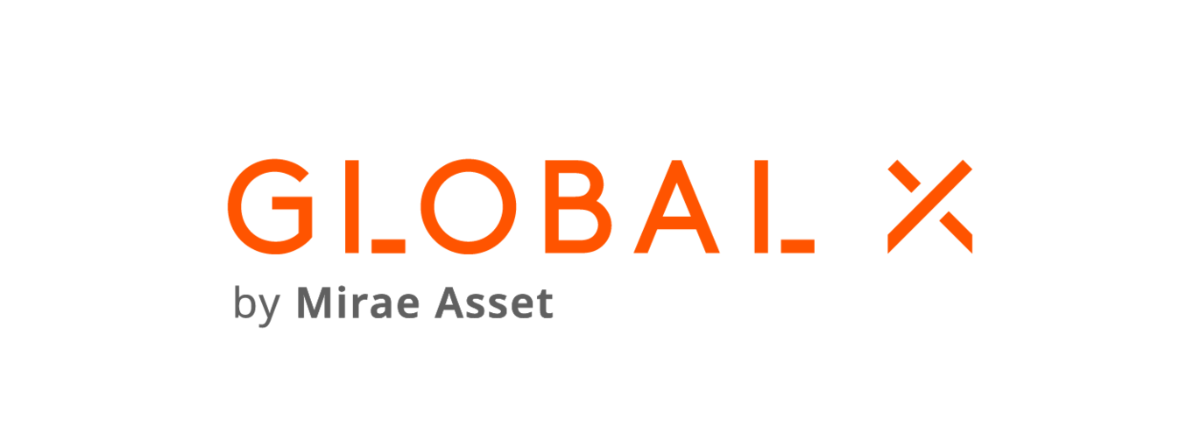As the ETF industry looks to the future, the likelihood of ETFs accounting for $10trn assets under management (AUM) is no longer a pipe dream. On the back of that success has been the phenomenal growth of the thematic investment genre, which in essence should be viewed as the next leg of the ‘democratisation of investing’ process.
First, the playing field was levelled from a fee perspective and now, it is the turn of the proverbial start-up which are seemingly dictating which bespoke indices thematic ETFs track.
Not every member of the old guard is comfortable with this state of affairs along with the fact the GameStop and Robinhood crowd have no qualms about sticking to past conventions. Of course, fresh thinking is one thing, but a badly constructed investment product is another.
It is for this reason that there has been much discussion about the best way to construct a themed investment index. As is so often the case, this debate has become trivialised as a choice between fixed weights or market cap weights.
For all my career in the finance industry, I have sat on the sidelines and watched many ‘how many angels on a pinhead’ debates unfold as the great and the good go into battle. A lot of good it did Galileo Galilei in the 1600s as he dug his heels in with his scientific views on celestial motion, a view that the Catholic Church did not quite agree with! However, regarding the best framework for weighting themed investing indices, I would suggest the subject owes more to Schrodinger’s Cat than Galileo.
In truth, the debate about fixed versus market cap weightings in thematic ETFs is a proxy for what was once the smart beta debate. If you look carefully, this same debate rumbles on in the background. Let us not forget the cat though, and the paradox that comes with the reality that stock price returns are random.
Basically, any ETF or mutual fund issuer that tells you that their fund will outperform with 100% confidence is not entirely telling the truth, to say the least. The process of defining a themed investing index is akin to defining a trading strategy. At its heart, this constitutes a recipe that covers both stock selection and how to weight each one of those investments.
There are many nuances that make this quite an intellectual challenge, and the questions are wide and many. It has been a couple of years since Jay Jacobs, head of research and strategy at Global X, wrote an excellent summary of what those questions are in his article The Great Index Weight Debate but the arguments remain as true as they ever did.
For example, given a choice should one select both large and small caps? When re-balancing the index should one give more weight to the winners (this market cap approach is akin to a momentum strategy) or reset them back to equal weights (I might call this a diversification strategy)? As ever, the answer lies somewhere in the middle.
Among the many technical questions that need addressing, one must face facts and accept that stock market returns are random. The surprising thing is that once one adopts this view then it becomes much easier to know how to proceed. Do not be fooled though, the tricky question associated with index design does not just start and stop with the topic of thematic investing.
Just because stock prices are random does not mean all randomness is equal; different asset classes and sub-asset classes, each come with their own risk premia. The idea here is that while in the short term some asset prices fluctuate more than others, this often translates into higher returns in the long run.
It is this one fact that has helped us at Algo-Chain deliver better returns in our ETF portfolios. If the risk of a suite of portfolios is managed consistently then do not expect a cautious model portfolio to outperform a growth model portfolio, if for no other reason than the fact that the former will almost certainly have a higher allocation to bonds than stocks.
There is a lot to be said for controlling the target risk of a thematic index. Once the index rules have been chosen, then the index comes with its own long term risk premia. What might seem a small difference in a weighting scheme, could well compound to something not so ignorable in the long run.
When designing a thematic index, often in a new arena like battery technologies, there is very limited wriggle room to define the universe of eligible stocks. As the saying goes, reality bites, but in a situation where there is a wide universe of available stocks, the process of giving an equal weight to a stock regardless of its market cap, will on average make for a riskier index. Not only will it typically display higher levels of maximum drawdown, it will also have an intrinsically higher risk premia associated with it. This, in turn, will lead to better long-term returns.
From the perspective of rebalancing costs and issues around liquidity, there is much to be said for market cap weighting schemes, but the lure of an increase in long-term returns has seen a number of firms favour an equal weighting scheme. Not to mention that a market cap-weighted index would favour the larger companies one might say disproportionally, as smaller firms might often be a purer play on a specific theme. In reality, it is often a mix of several of these factors, weighing liquidity against the true representation of the theme against rebalancing costs.
Allan Lane is founder and CEO of Algo-Chain
Further reading




